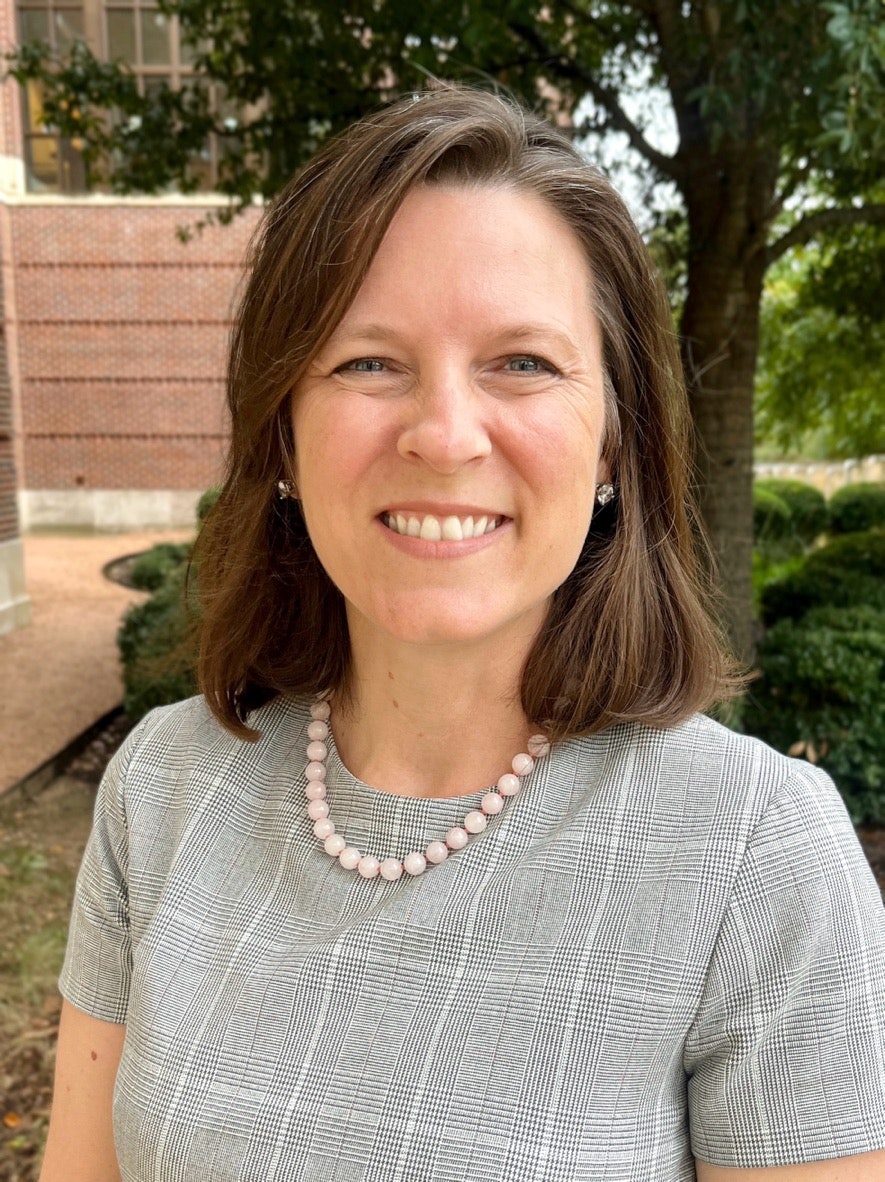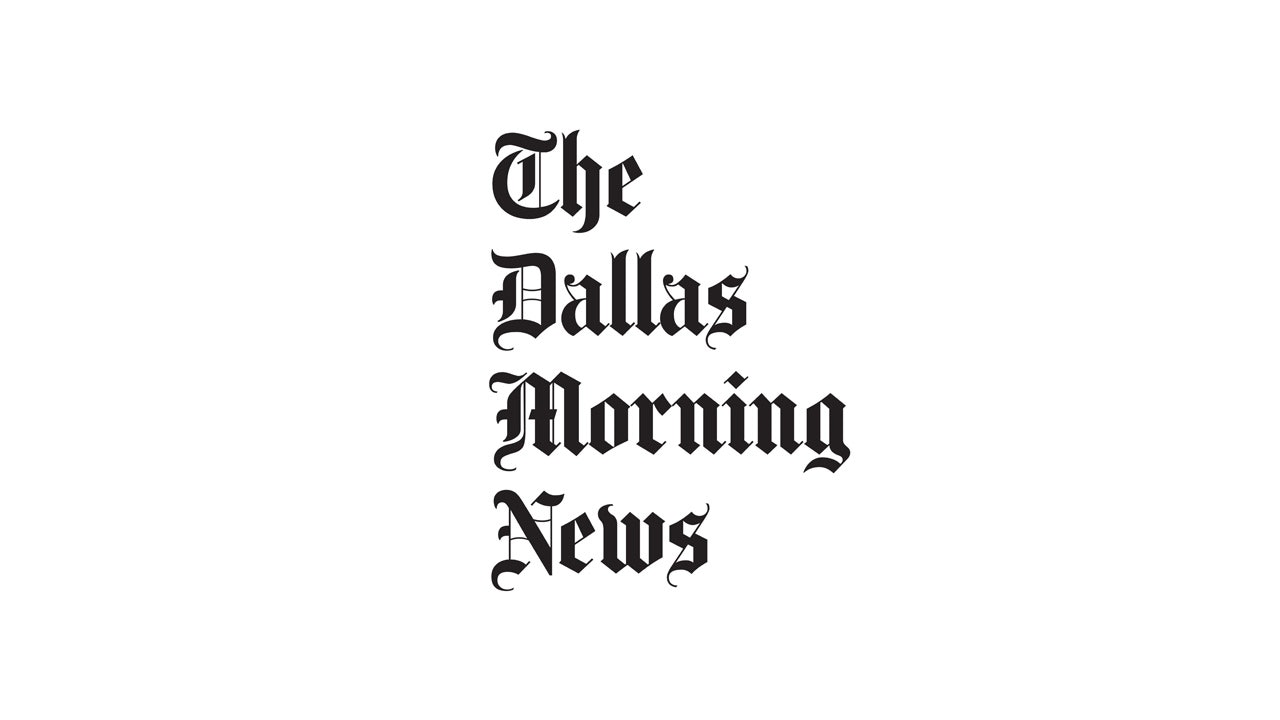Students lost over half a grade level of learning in math and almost a third in reading during the pandemic years.
But COVID-19 learning loss isn’t a short-term problem, and it requires more than a Band-Aid. Funding allocated to state agencies early in the COVID-19 pandemic to address its impact on students is set to expire in September. But students still need more help.
Assuming the rate of recovery, the average student would need extra support for at least another year of math and two more years in reading to catch up, according to a report by researchers at Harvard and Stanford universities and Dartmouth College. But lower performers need even more assistance. The already large achievement gap for Hispanic and Black students has only grown, and in some high-poverty districts, students performed worse in 2023 than 2019 (before COVID-19 began).
With more than a half year of learning loss, schools would have to consolidate a year and a quarter’s worth of learning into a single school year for two consecutive years to return to pre-pandemic levels. This is incredibly difficult to achieve. However, failing to recover means losing an entire generation of students.
In 2021, Congress created the Elementary and Secondary School Emergency Relief Fund (ESSER) grants totaling $190 billion to state agencies to be distributed directly to school districts based on the income level of their student population. At the beginning of this year, school districts had $51 billion of the $190 billion left to spend.
Districts should use their remaining funds – and any new funding – on outcome driven resources and methods:
- Invest funds in research-based curricula, and allocate resources for teacher training and professional development to help ensure that educators can provide strong instruction given the high stakes.
- Secure 2024-2025 contracts before September 2024 when ESSER grants expire. Districts should seek out organizations that support educators to deliver strong instruction, particularly in classrooms where many of the students are behind. They should also consider partnering with organizations that deliver evidence-based programs like high-dosage tutoring, summer and after-school programs, and extended school days,
- Involve civic, business, and community leaders in socializing the importance of school attendance. Teachers can’t provide critical learning time for the students who need it most when they are absent. Chronic absenteeism has been a struggle since the pandemic and is a barrier to closing the gaps. Civic leaders can be a resource for districts by shining a light on the importance of being in school.
- Engage parents by providing a clear picture of how their children are performing on state and national assessments in reading and math before the end of the year. Most parents believe their children are doing well in school, but only a third of students are performing at or above grade level in reading and math. Parent portals with clear information about student progress, not confusing raw scores or incomplete reports, are essential. Parents – when empowered with actionable data – play a critical role in academic recovery by advocating for their children, providing additional support at home, and encouraging participation in after-school and summer programs.
States will become more important in ensuring the continuity of growth after the expiration of emergency relief funds. Forward thinking policy, like Texas’ increased instructional time through Additional Days School Year (House Bill 3) and Accelerated Instruction for students who are behind, demonstrate an outcome focused strategy.
We need to ensure that our students do not suffer the long-term effects of interrupted learning with the same urgency that we shifted our instructional model to protect our children from COVID-19. States and districts working together to expand the impact of funding will be crucial in the long recovery from learning loss
Amanda Wirtz is Advisor of Education and Opportunity at the George W. Bush Institute.


























